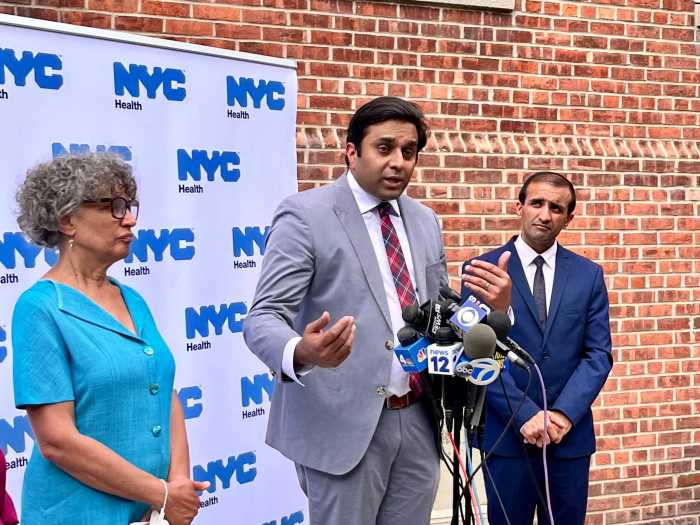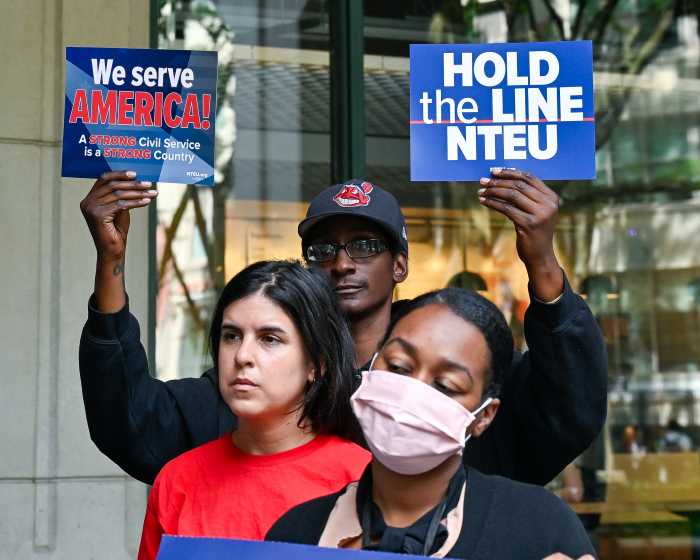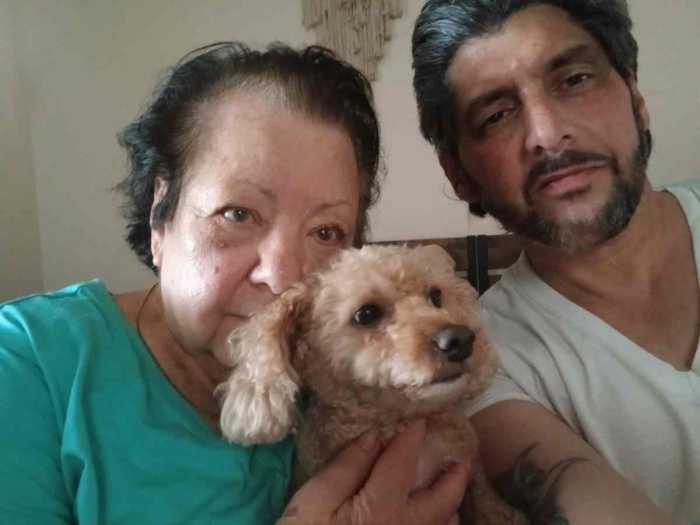After weeks of scouring public health departments across the country and two foreign nations for any mention of a single lesbian-to-lesbian transmission of the monkeypox virus, it is worth asking why most of the agencies are mixing lesbians in with gay men in their sexual orientation epidemiology categories.
The Los Angeles and San Francisco health departments at the end of July documented zero female cases of monkeypox, hence no lesbian cases, yet both have a single sexual orientation category that combines gays and lesbians, in the former while the latter city’s category is for LGBQ+.
Other domestic local and state jurisdictions with many monkeypox cases, including Chicago, New York City and the rest of state outside of the five boroughs, and California, show female cases either at zero or in the single or low double digits and the sexual orientation of the women is not disclosed the epidemiology.
In Canada, the Ontario health authorities are not providing sexual orientation data but in their technical notes mention that although “cases have been mostly identified among males who report sexual or intimate contact with other males (MSM), anyone can get monkeypox.” Total female cases were at three and lesbians are omitted from the epidemiology.
Across the pond, the UK Health Security Agency’s data collected from “enhanced surveillance questionnaires” in their metric category includes only gays, bisexuals and men who have sex with men. They further explain that “the majority of monkeypox cases in the UK continue to be in gay, bisexual and other men who have sex with men, with the infection being passed on mainly through close contact in interconnected sexual networks.” Again, nothing referencing lesbians.
The most current authoritative recommendations and data published in the Weekly Morbidity and Mortality Report from the Centers for Disease Control states, “Public health efforts should prioritize gay, bisexual and other men who have sex with men, who are currently disproportionately affected, for prevention and testing, address equity, and minimize stigma, while maintaining vigilance for transmission in other populations.”
You know the drill by now. No reference whatsoever about lesbian cases or women-loving-women at risk of contracting this virus.
My concerns are varied. First, it is inaccurate epidemiology to lump gay, bisexual and MSM together with lesbians. They should have their own category, if only so we know if they’re contracting monkeypox and to address the unique health and wellness needs of lesbians.
Second, health officials should explain why they have combined various sexual orientations into one category. Give us the reasoning behind this decision.
This is the closest San Francisco’s health officials have come to give me a clear explanation: “As you can see, over 97% are in individuals who identify as male, trans male or trans female. You can get an idea on the impact to these groups based on this data.”
California’s public health agency had this say: “Our team has investigated your inquiry and found that currently this is a limitation of the data that we have available based on how it is collected and reported to CDPH. We are exploring options for how to address this data collection […]It is accurate that only a handful of cases have been reported in individuals who identify as women, and we know a majority of the cases are currently occurring in men who identify as gay/bi/trans.”
What I believe we need is for the epidemiologists to break down data already collected on the LGBTQ+ community and who has contracted monkeypox, say why they’ve mixed us together, and in the future create separate categories as they have done for racial demographics.
The epidemiologists do not put all people of color into a single category and the same should be done for this and all diseases regarding the queer populations.
I asked respected and longtime health reporter, AIDS and bisexual activist Liz Highleyman, for her thoughts about these matters and she replied:
“True, one should not say ‘LGBT people’ when they mean gay/bi men. But this reminds me of when some activists demanded diversion of resources from heavily impacted communities to study HIV among lesbians or run HIV prevention programs for lesbians.”
Yes, I too remember during the AIDS plague year, not just what she says about lesbians, which I believe was based on politically correct thinking about HIV epidemiology, which did no one any good.
There are vast differences separating gay men and lesbians, and science should reflect that reality, which unfortunately is not the case today with monkeypox statistics and messaging.



































